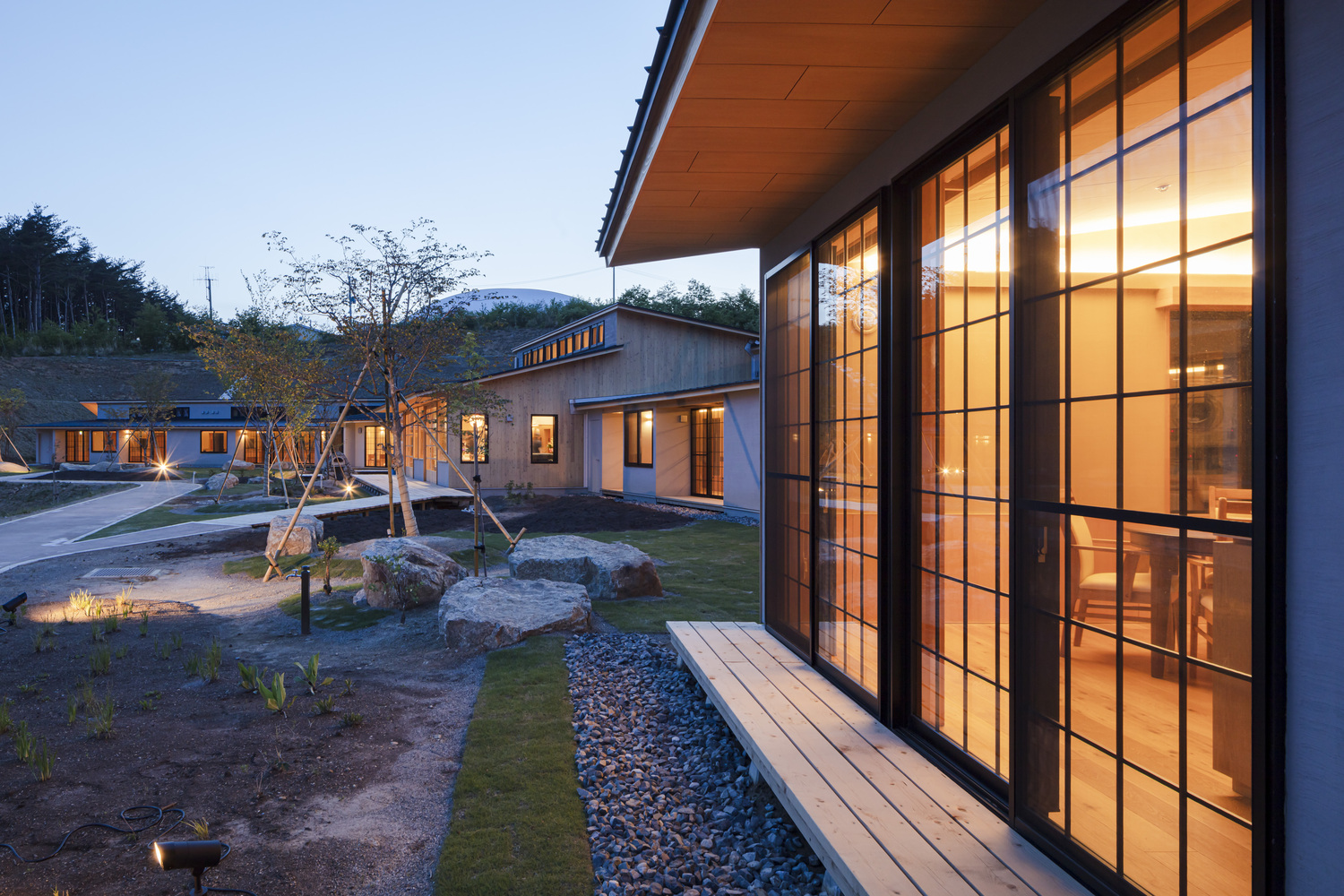Architecture and Health Equity in an Imperiled World

ARC3018HF
Fall 2024 Thesis Seminar
Instructor: Dr. Stephen Verderber
Meeting Section: L0106
Thursdays 2:00-5:00 p.m.
Transactions between ecological and human health have been a core concern in medicine since Galen (129-216AD) developed the theory of the four humours. Galen explained disease as a dialectic between bodily constitution and environmental determinants of poor health. By the mid-19th century, the rise of germ theory and causative theories of sickness and disease resulted in the rise of public health as a formal discipline. The Victorian Era saw the reappraisal of many ancient Greek theories—now applied to combat the deleterious impacts of toxic Industrial Age factory towns, leading to an entirely new discipline—epidemiology.
Currently, in the Anthropocene, new questions and narratives have emerged with respect to how humans and the planet must ecologically co-exist, with important lessons to be learned from indigenous societies. Posthumanism accepts an uncertain and unpredictable future, a condition contradicting the premeditative art and process of making a human-centric building—as an artifact presumably built to stand the test of time, space/place. For centuries, builders worked from the fundamental premise of exerting total control over their physical world. Planners and architects are still taught early on aim to build a better future premised on a vision of things being somehow permanently better in the future than at present—an idealized narrative the practicing professional strives for while having to tacitly acknowledge uncontrollable extreme climate events and adverse eco-feedback loops— impacts challenging the core premise of architecture to function as a predictive, stabilizing cultural force.
For example, by 2050, nearly 80% of the world’s population will reside in low lying coastal zones. The menacing ramifications of the climate crisis, combined with wars, global conflicts, mass population migration, and the lingering Covid-19 health crisis, is a recipe for widespread chaos, disruption, and humanitarian suffering. Against this backdrop, societies around the globe are aging at an unprecedented rate. The World Health Organization (WHO) recently called for research and action to promote sustainable/resilient healthcare facilities for the aged that can effectively function in natural disasters, pandemics, and in response to armed conflicts and associated adversities. Architecture can and must re/claim a prominent role in any such global action plan. By most measures, architects, collectively, have yet to rise to this challenge. In the arena of designing for healthcare, an especially acute need exists for environments that equitably afford therapeutic and restorative support for the medically underserved.
The Fall 2024 Architecture + Health Pre-Thesis Graduate Seminar at the University of Toronto will address the intersection between posthumanism in architecture, health inequities, and the climate crisis. Specifically, in this regard:
- Aesthetic Expression—Composition, massing, ambiance, visual imagery and human scale in accord with eco-humanist-inspired, therapeutic, restorative built environments that breathe.
- Residentialism—Residential spaces and exterior environs that promote safety, maximize personal health, foster dignity and self-empowerment.
- Nature/Landscape Engagement—Multiple options for residents, staff, family and visitors to engage with nature indoors and outdoors vis-à-vis salutogenic design, biophilia-based principles, and theraserialization.
- Ecologically Regenerative Design—Moving beyond merely sustaining existing nonrenewable resources but instead focusing on strategies that foster plus-net-zero realities.
- Connectivity with Context—Connecting individuals and groups with broader community contexts by means of walkable infrastructure and therapeutic connections with nature.
In this seminar you will be tasked with developing an independent thesis prospectus, based on an independent research-design project of your choice.
In so doing, salutogenic and biophilic design principles will apply, concepts rooted in design therapeutics, i.e., nature, water, daylighting, optimized complexity, and prospect-refuge amenities. Literature on these topics is reviewed, including readings from my tenth book, Architecture and Health Equity in an Imperiled World (Johns Hopkins Press, in press, 2024). The fall seminar will provide the foundation for a two-term thesis experience with invited external reviewers periodically contributing expertise in “pre-design” reviews. A field trip to the US or UK is being planned for the Winter 2025 term, subject to University of Toronto and international public health travel restrictions.
Image credit: Elderly House in Rikuzentakata city “Hokkori-ya” / The University of Tokyo Architectural Planning & Design Lab + DOG © Nao Takahashi

